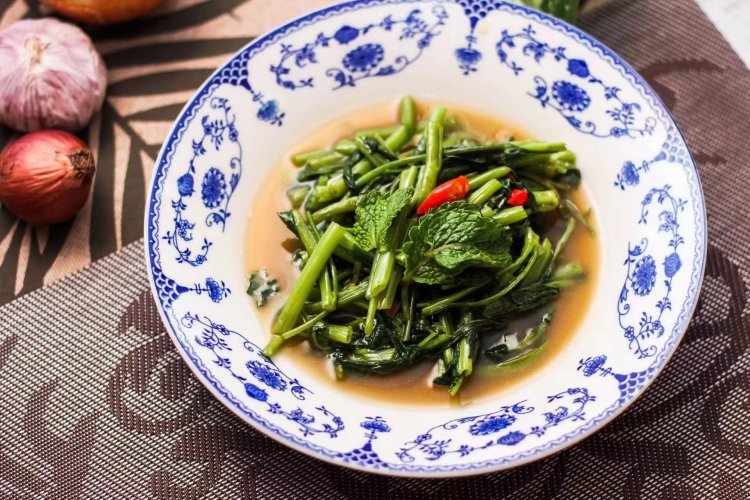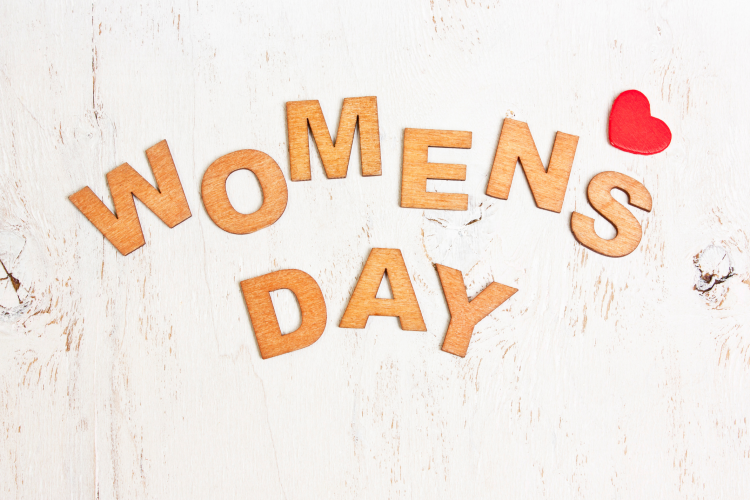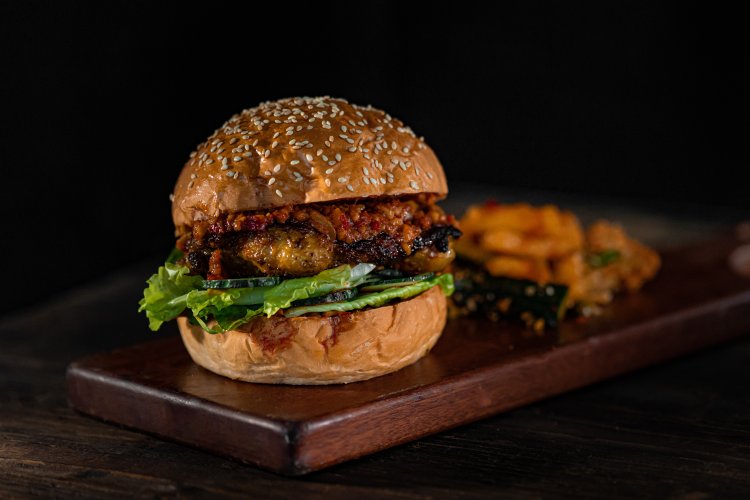Scary Hairy Crab?
It's fall, and time has come for one of China's main culinary events - hairy crab season (dazha xie, 大闸蟹). These luscious little creatures, named so for the tuft of dark hair on their claws, are sought after not for their meat, which is scant, but for the creamy roe that the female crabs carry this time of year. The most expensive hairy crabs hail from Yangcheng lake in Suzhou, where they have been harvested for hundreds of years for those willing to pay up for this particular delicacy. Prices vary, but a small crab (most are about the size of a palm) can cost hundreds of kuai.
But like all luxury products in China, one has to wonder about whether or not they're getting the real deal - fakes abound in this market given the high prices - estimates of fakes range from 90-99%. Economics means that many, if not most of the legitimate crabs are shipped to Hong Kong and Shanghai, where producers can get higher profits from their catch. It's hard to pin down the actual number, but it's an open secret that the majority of crabs claiming to be harvested from the famous Yangcheng lake are actually from other lakes - if you're lucky, maybe yours would have at least been dipped in the waters of Yangcheng for a swim before being tagged as a Yangcheng crab.
How can you avoid the fakes? It's rough. In 2005, Yangcheng producers started branding their crabs with laser engravings and serial numbers. However, it's China, and faking a crab is a lot easier than faking a Gucci purse, so if you want the real thing the best bet is probably to go to a reputable (and likely expensive) restaurant that sources from well-known suppliers. Cheaper hairy crabs from the local market are also probably fake. But don't fret too much - there is no real guarantee that Yangcheng crabs are any tastier than other crab grown in clean lakes - it's more about the history and mystique of eating a Yangcheng crab.
The other worry (also prevalent in China's food scene) is about the safety of what you're eating. There's no melamine in crabs, but recently, there have been reports citing the use of hormones and antibiotics to help them grow faster and bigger. Officials have said it is impossible to lace the large lakes growing the crabs with drugs, but scientists have said that antibiotics are indeed used in raising crabs to cure and prevent diseases, but not to a dangerous amount. A few years ago, Taiwan blocked the import of a shipment of crabs as some were found to contain the antibiotic nitrofuran, which is a suspected carcinogen. But who really knows? Perhaps then, it's a good thing that most of us can't afford to really gorge ourselves on these little critters.
But for those of you who are interested, many high-end Chinese restaurants about town are already rolling out the hairy crab specials. As for my two cents - despite the ever-present fears of fakes and safety issues, the sweet richness of these little bottom-feeders is totally worth the cost. At least once or twice this season.
Related stories :
Comments
New comments are displayed first.Comments
![]() ReneeWine
Submitted by Guest on Wed, 09/22/2010 - 21:25 Permalink
ReneeWine
Submitted by Guest on Wed, 09/22/2010 - 21:25 Permalink
Re: Scary Hairy Crab?
Crab =P~
![]() Jerry
Submitted by Guest on Wed, 09/15/2010 - 12:26 Permalink
Jerry
Submitted by Guest on Wed, 09/15/2010 - 12:26 Permalink
Re: Scary Hairy Crab?
Last time I had "hairy crab" was a few years ago, which resulted in the worst stomach episode of my life requiring horsepill antibiotics and three trips to the doctor's.
Never again.
![]() admin
Submitted by Guest on Wed, 09/15/2010 - 10:35 Permalink
admin
Submitted by Guest on Wed, 09/15/2010 - 10:35 Permalink
Re: Scary Hairy Crab?
1.3 billion crab fetishists .... all coveting a crab coming from a lake with a surface area of about 20 square kilometres (http://en.wikipedia.org/wiki/Yangcheng_Lake) ...
just doesn't add up. there's got to be a lot of fake crabs out there.
Validate your mobile phone number to post comments.






